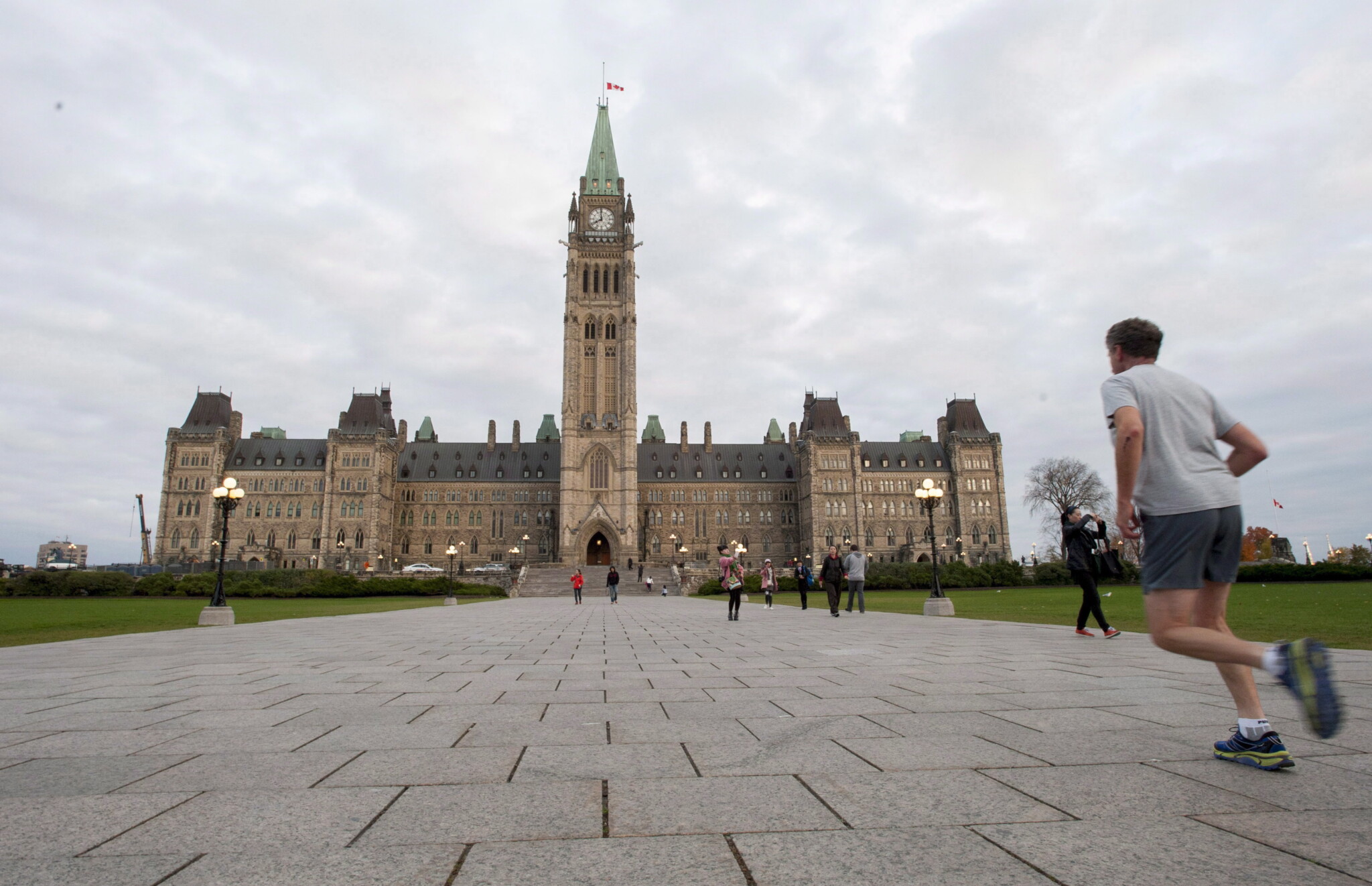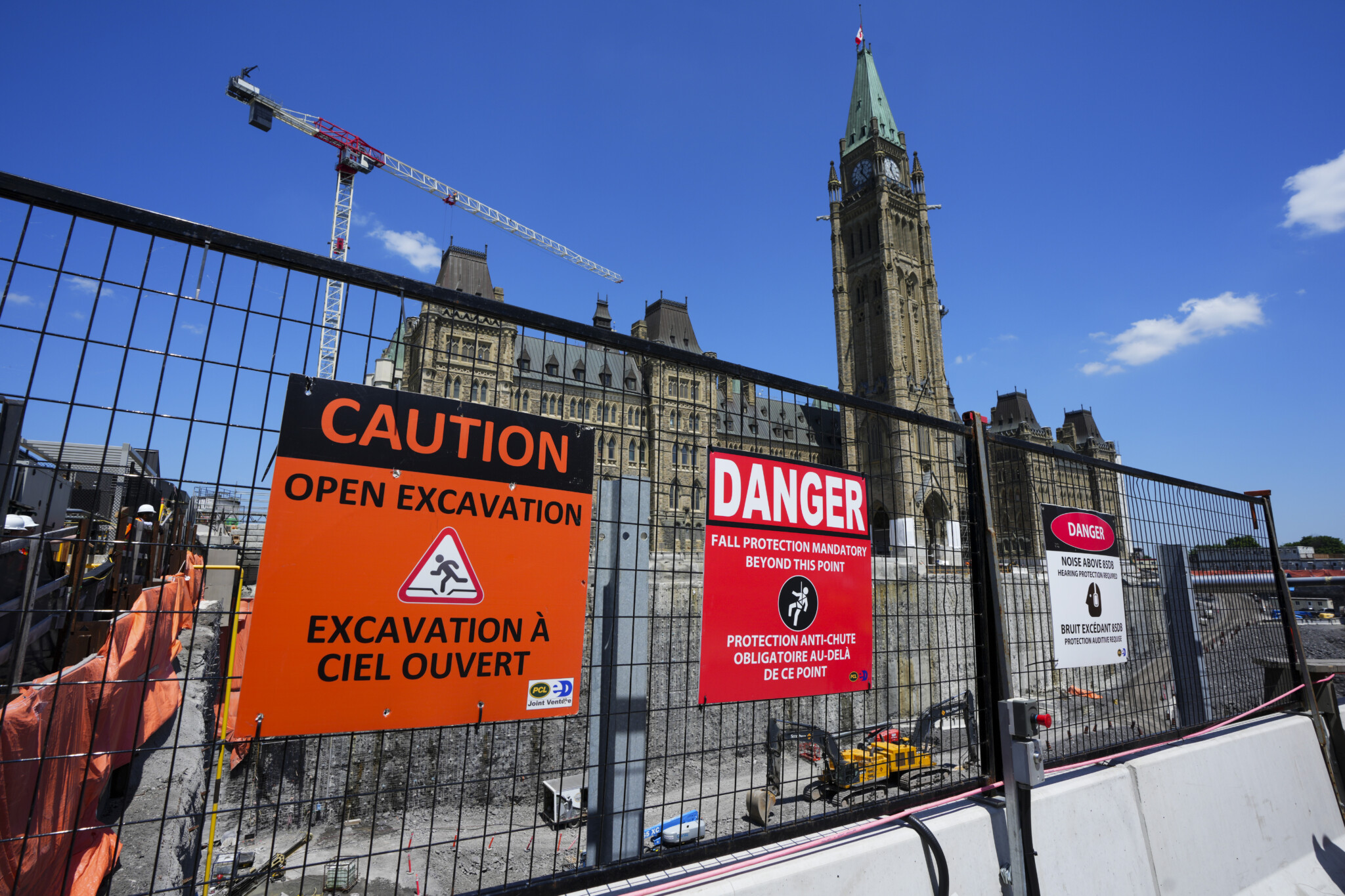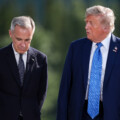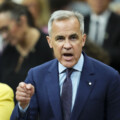Since 2015, Canada has been on a downward policy spiral of big spending, big borrowing, and big taxes.
It’s a well-known pattern in public policy—profligate politicians damaging their economies with out-of-control spending, massive borrowing, and higher taxes—inevitably leading to fiscal crisis, sharp declines to growth, and ultimately drastic declines in currency value and living standards.
How does a country recover from such a negative downward policy spiral? The answer is bold “structural reform” to right-size government, eliminate special interest privilege, and create an environment for strong private sector growth.
Sir Roger Douglas was New Zealand’s finance minister in that country’s reform-minded Labour government between 1984 and 1988 that implemented bold structural reforms that rescued his country from financial collapse.
The following timeless words of wisdom hail from a commentary Sir Roger wrote back then entitled “The 10 Principles of Structural Reform.”
Politicians almost universally believe that timely, appropriate, and voluntary action to remedy structural economic imbalance should be avoided at all costs because it amounts to political suicide.
The idea that governments can retain power by refusing to make necessary and valuable structural reforms is, in fact, nonsense.
Here are 10 principles of structural policy reform:
1. You need quality people for quality policies
The quality of political candidates is a worldwide problem. Politics is a mess because too many people with education, vision, and courage are content to criticize from the sidelines. As long as this continues, we will wait in vain for good government in democratic countries.
Good people were critical to our bold public-sector reforms. Getting the structures and incentives right can transform the performance of many dynamic workers who were held back by the old system. But it was even more essential to replace the people who could not or would not adapt to the new environment.
2. Once you have defined your objectives clearly, implement reform in quantum leaps
If you advance a step at a time, the interest groups will have time to mobilize and drag you down.
Packaging reforms into larger bundles is not a gimmick but political efficiency. The linkages created in the system can be used to see that each action effectively enhances every other action. Large packages provide the flexibility to ensure that losses suffered by any one group are offset by gains for the same group in some other area. The public will accept short-term pain if the gains are spelled out and the costs and benefits are shared by the whole community.
3. Speed is essential
It is impossible to go too fast. The total program will take some years to implement even at maximum speed. The costs appear immediately while the tangible benefits take time to become visible. Move too slowly and the consensus that supports reform can collapse before the results are evident and while the government is only partway through its program. It is uncertainty, not speed, that endangers structural reform programs.
4. Once you build up momentum, don’t lose it until you have completed the total program
Opponents find a rapidly moving target much harder to hit, and you will have plenty of opponents if you are removing privileges and protection. Staying in front allows the government to lead the public debate. Removing privileges even-handedly across the board reduces the grounds for interest groups’ opposition and offers them a more constructive role in a better society.
5. Consistency plus credibility equals economic confidence
Maintaining credibility is essential to keep public confidence in structural reform and minimize the costs. The key to credibility is consistency of policy and communications. If the government lacks credibility, people refuse to change their behaviour to fit new policies and thus place avoidable costs on the economy.

A runner makes his way towards Centre Block on Parliament Hill in Ottawa on Oct. 25, 2014. Justin Tang/The Canadian Press.
6. Let the dog see the rabbit
People cannot cooperate with the reform process unless they know where you are going. Where feasible, spell out your objectives and intentions in advance. If programs are to be implemented in stages, start by publishing the timetable.
7. Never fall into the trap of selling the public short
Successful structural reform is not possible until you trust, respect, and inform the electors. Tell the public, and never stop telling them:
- What the problem is and how it arose.
- What damage it is doing to their own interests.
- What your objectives are.
- How you will achieve those objectives.
- What the costs and benefits of your action will be.
- Why your approach will work better than the other options.
8. Don’t blink; public confidence rests on your composure
Structural reform demands a major change in the ideas and attitudes most people grew up with. Such demands inevitably cause discomfort and uncertainty. People become hypersensitive to any signs of similar anxiety in the politicians responsible for these reforms. When they cannot understand the argument, they base their judgment on their assessment of the speaker’s mental and emotional condition. That is another reason why it pays to make decisions of the finest quality.
9. Incentives, choice, monopoly—get the fundamentals right
A sick economy cannot be regulated back to health. Since 1917 the concept of command economies has been tested to extinction. Government became the most oppressive vested interest of all. The role of governments today is to create a framework that widens people’s opportunities for choice, improves the incentives to productive activity, and sees that their gains benefit society as a whole.
The abolition of privilege is the essence of structural reform. Wherever possible, use your program of reform to give power back to the people.
10. When the pressure becomes extreme from colleagues or vested interests to abandon medium-term policies and accept an easy ad hoc compromise, ask yourself: “Why am I in politics?”
No party holds power forever. Sooner or later we all find ourselves out of office. That is the reality of life in a democracy.
What the voting public wants most from politicians is the guts and vision to make decisions of real benefit to them and to their children. Their future depends on it.








